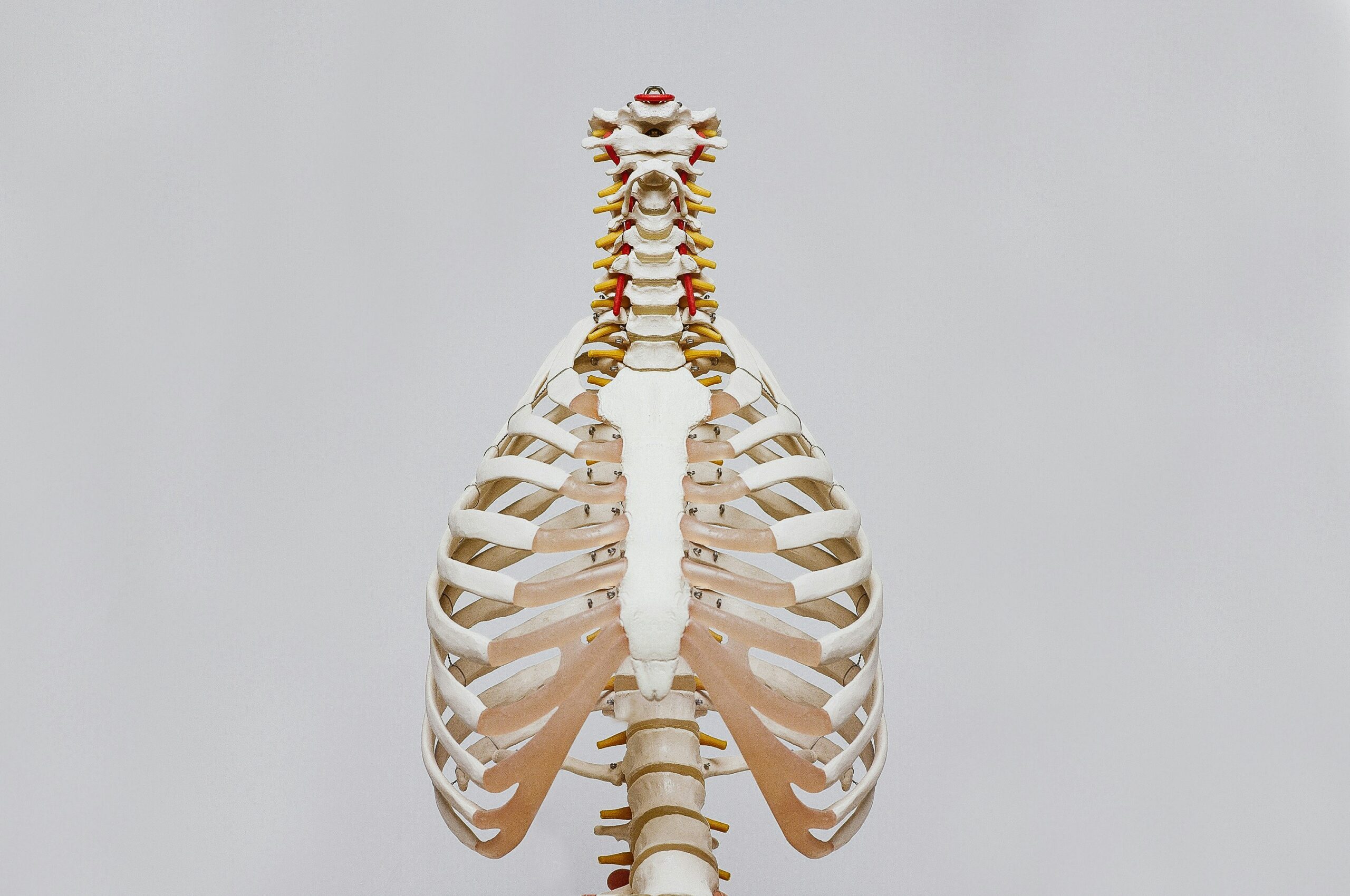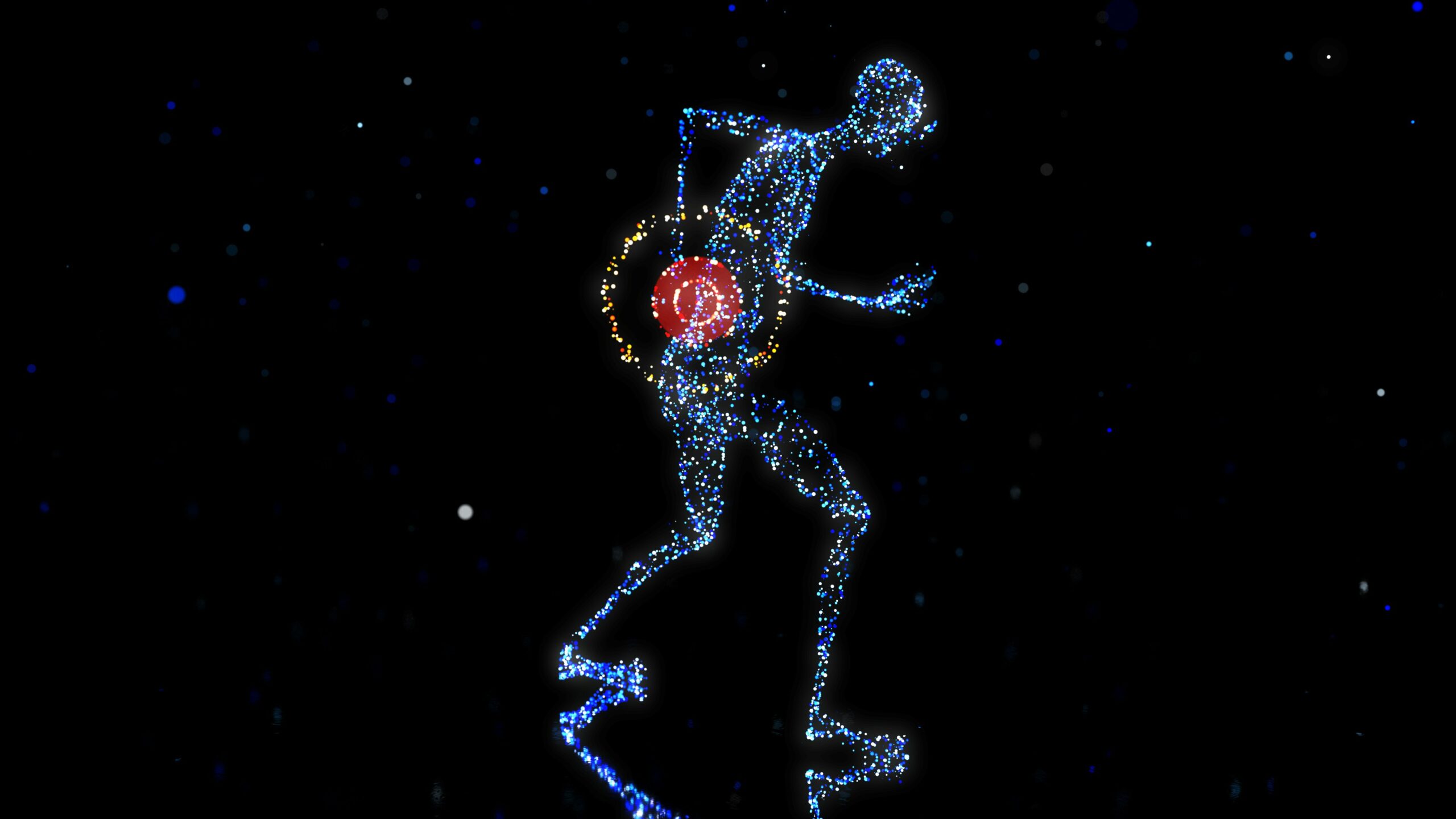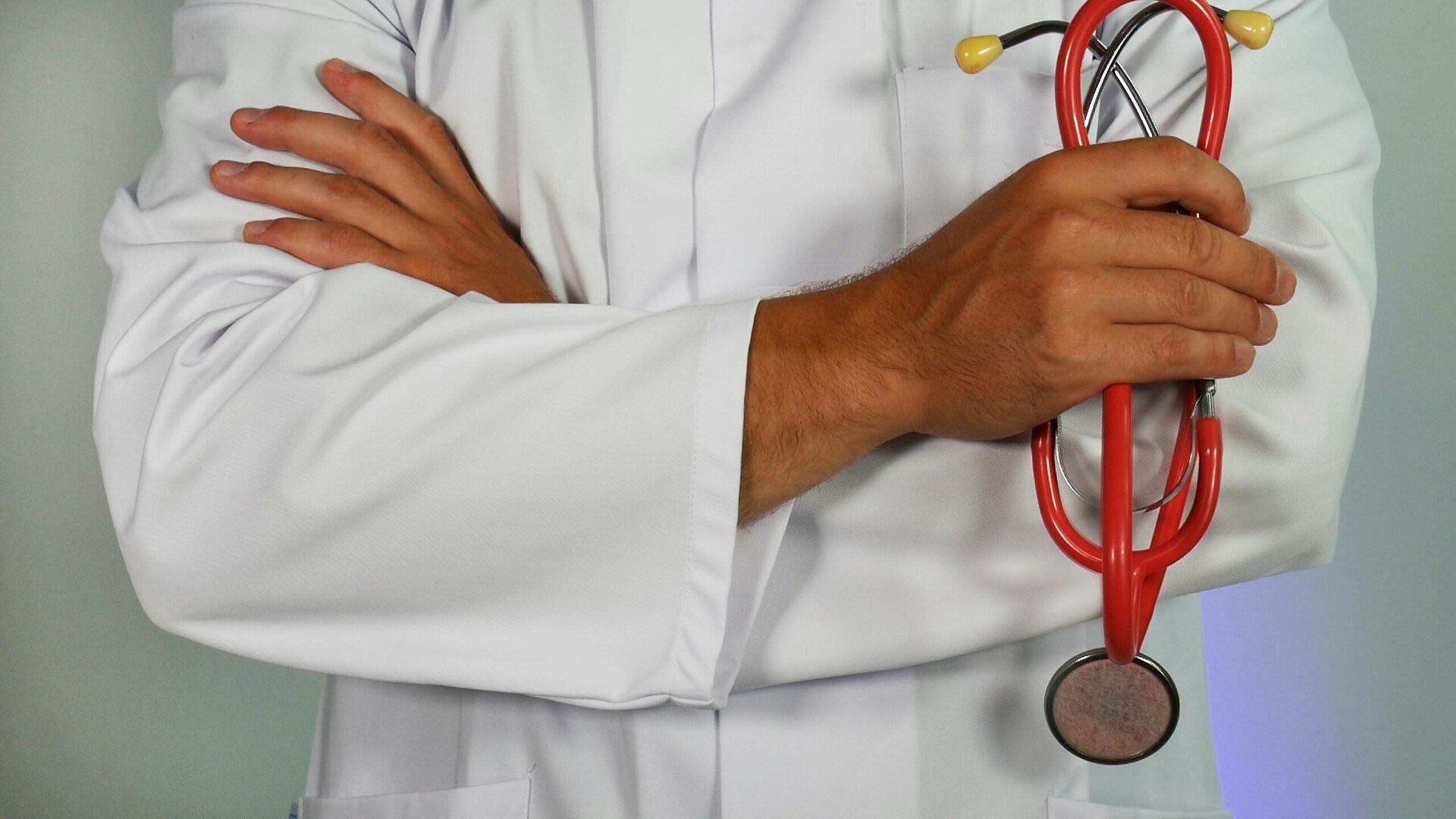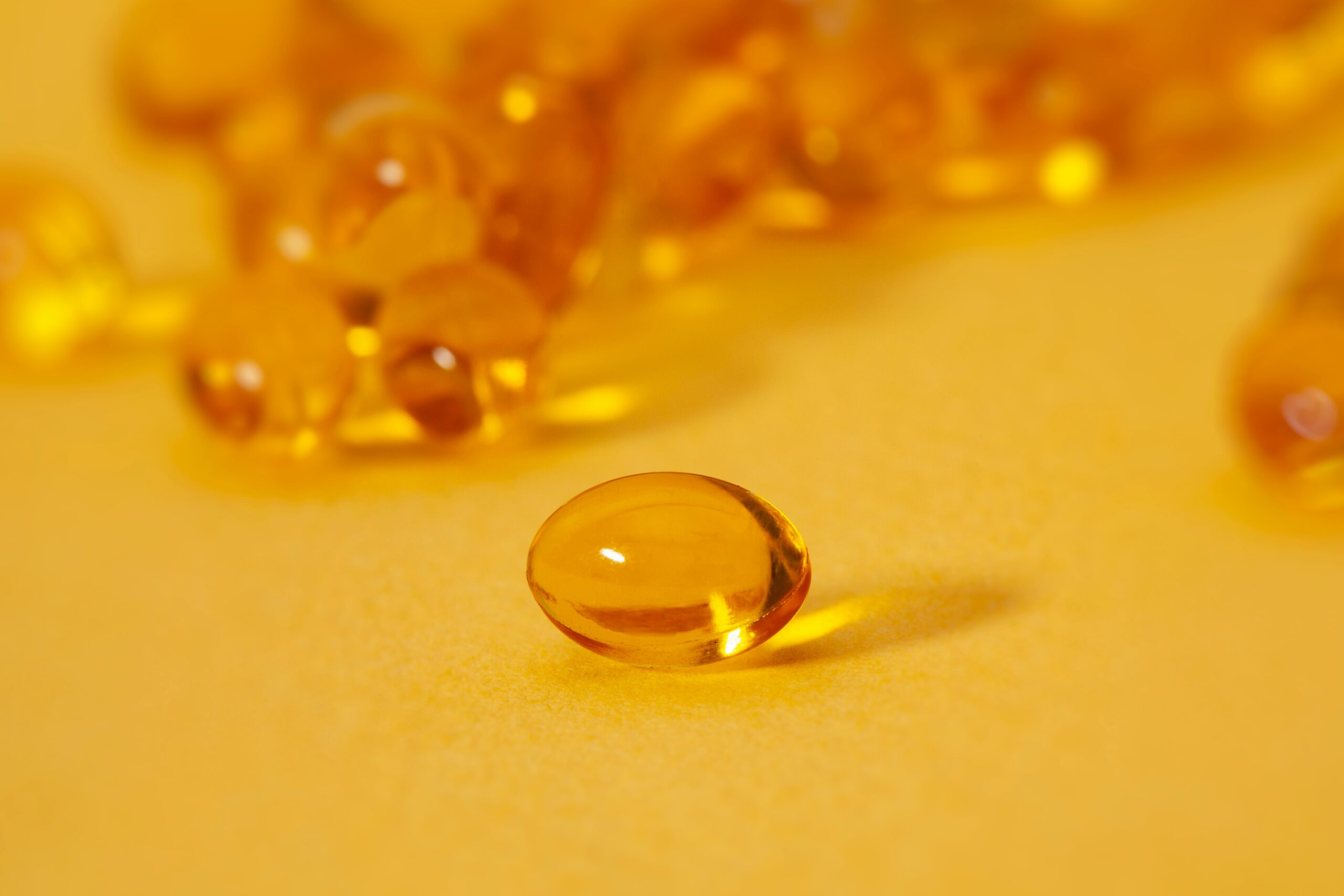Osteoporosis is a bone affliction when the body loses too much of its bones, makes deficient bones, or both. So, the bones become powerless and can break effortlessly from minor falls or delicate shakes. Our body's bones are like living things that alter all the time. They break down old ones and make unused ones where they should be.
But, in individuals who have osteoporosis, this changing balance is off-base. They lose more bone than they can make or keep up with, making unused great bones. The bone structure starts to drop apart, becoming less heavy and more full of gaps.
Osteoporosis is a significant issue around the world and is especially common among more seasoned individuals. According to the International Osteoporosis Foundation, almost 200 million women![]() from completely different parts of the world have osteoporosis. Within the United States, around 54 million Americans have osteoporosis or low bone thickness, which makes them more likely to break their bones.
from completely different parts of the world have osteoporosis. Within the United States, around 54 million Americans have osteoporosis or low bone thickness, which makes them more likely to break their bones.
Ladies are affected more since one out of three ladies who are over 50 have breaks because of osteoporosis compared to one out of five men. Osteoporosis becomes more common with age, a (primary concern since the world's populace is getting more seasoned.

The reasons that cause osteoporosis are numerous. They combine hereditary qualities, hormones, and how individuals live. One enormous reason is developing old. As we develop more seasoned, bones break down, and resorption happens more gradually than building modern bone or formation. It leads to a diminish in bone thickness. For ladies, when they reach menopause, and their estrogen levels drop altogether, this makes the misfortune of bones happen much quicker. It is why after ladies pass through menopause, there's a greater chance for them to induce osteoporosis.
Hereditary qualities also play an imperative part in determining how solid your bones are and the probability of developing osteoporosis. If there are any breaks or osteoporosis problems in your family history, the risk to you, too, will be higher.
Moreover, a few well-being issues and medications can cause bone misfortune. Long-term illnesses like rheumatoid joint pain, issues with hormones like thyroid-like hyperthyroidism, and stomach and intestinal issues that affect the assimilation of supplements all adversely impact bone wellness. Long-term utilization of corticosteroids and other drugs influencing bone growth can also make osteoporosis more likely.
Moreover, the choices we make in our lives are exceptionally critical. Eating nourishment without sufficient calcium and vitamin D – two things we require for solid bones – can cause osteoporosis. Doing not much moving or living a life without development gradually makes your bones weaker since exercising that includes weight is exceptionally critical in making a difference in the remaining solid. Things like smoking and drinking, as well as liquor, are dangers that can make your bones thick.
Osteoporosis is frequently called a silent disease since it grows without clear signs until an individual breaks a bone. Yet, a few gentle clues and side effects might appear to osteoporosis. One of the early signs may be getting shorter since vertebral compression fractures, where bones in your spine collapse. This can cause a bent-over pose or kyphosis, moreover called “dowager's hump![]() .”
.”
Individuals with osteoporosis might have back torment. On the off chance that a vertebral break happens, the torment can get exceptionally terrible. Broken bones are the greatest issue with this ailment, and they can happen indeed from exceptionally little things like a little fall or speedy development. The spots where osteoporosis breaks happen are within the hip, wrist, and spine.
When the sickness worsens, there's the next chance of breaks. This could enormously affect how well somebody lives and their capacity to oversee assignments alone. Breaks are an enormous issue for individuals with osteoporosis, particularly breaks in the hip, which can lead to a long-term inability or, indeed, passing from complications like pneumonia and blood clots after surgery. It is exceptionally critical to notice symptoms early so you can take activity to anticipate and superior oversee osteoporosis.

The issues of osteoporosis, for the most part, come from higher chances of breaking bones. Bone breaks because of osteoporosis can affect a person's well-being and how great their life is. Hip breaks are exceptionally concerning since they require surgery and a long time to get superior. A hip break can incredibly diminish autonomy for numerous people, with a few requiring help or care for ordinary exercises over a long period.
Spinal breaks can lead to nonstop torment and changes in shape, like kyphosis, which might hurt lung capacity and decrease quality of life. Breaking a wrist may not be as basic, but it can still impact everyday assignments and cause long-term functional impediments.
Besides the physical problems, osteoporotic breaks can also bring mental and emotional inconveniences. The fear of another break from a drop might make individuals move around less and dodge social exercises. This could lead to poorer general well-being. Hence, knowing osteoporosis in its early organize and dealing with it as due is exceptionally critical to avoid such issues and move forward results for individuals who have this condition.
The specialist must look at numerous things to know if an individual has osteoporosis. They look at the health history of this individual, inquire questions, and do a few tests. Unearthing who is in danger and how much bone misfortune there might be, it is exceptionally imperative for one doctor to check each person altogether. The taking after demonstrative tests are commonly utilized to analyze osteoporosis:
The essential strategy for diagnosing osteoporosis is Dual-EnergyX-ray absorptiometry![]() (DXA). This test measures bone mineral density (BMD) at the hip and spine, zones where breaks caused by osteoporosis often occur. The comes about are appeared in T-scores. We compare a person's BMD scores to the normal top BMD (Best Measured Density) found in a young and healthy grown-up. On the off chance that the T-score rises to -2.5 or lower, they have osteoporosis.
(DXA). This test measures bone mineral density (BMD) at the hip and spine, zones where breaks caused by osteoporosis often occur. The comes about are appeared in T-scores. We compare a person's BMD scores to the normal top BMD (Best Measured Density) found in a young and healthy grown-up. On the off chance that the T-score rises to -2.5 or lower, they have osteoporosis.
Quantitative Computed Tomography (QCT) is an imaging method for measuring bone thickness. This handle varies from DXA since it gives three-dimensional pictures, which can offer assistance in considering point-by-point bone structure. In any case, QCT is utilized less than DXA since it requires more money and exposes the individual to radiation.
Ultrasound, which isn't invasive and has no radiation, can be utilized to check the hardness of bones. The normal put is typically on your heel. It may not be as exact as DXA or QCT but may serve well for early tests, particularly in areas with few uncommon imaging innovations.
Lab tests, done at specific periods, affirm there aren't other causes for osteoporosis and generally check bone well-being. Blood checks include calcium, vitamin D levels within the blood serum, hormones from the parathyroid gland (PTH), and signs of changing bones, like alkaline phosphatase or osteocalcin measurements. Pee tests can assess markers related to bone resorption that can provide more detail about how your body is metabolizing its bones.

The way to bargain with osteoporosis is to lessen the possibility of bone breaks, maintain the quality of bones, and enhance the life condition of those who endure this condition. The treatment strategies incorporate changes in living, eating nourishments containing vitamins and minerals, taking medications sometimes, and, in a few cases, experiencing surgery. The treatment choice depends upon how much bone misfortune there is, on the off chance of broken bones, and on how good health is; besides, chance focuses on an individual.
Taking care of osteoporosis means making changes to your way of life. Exercises that include weights and muscles, such as strolling, running, moving, or picking up weights frequently, are vital to keeping up the hardness and control of bones. Physical activity also assists in improving adjustment and coordination, which decreases the chances of falling. Modifications in lifestyle–such as halting smoking and cutting down alcohol usage– could offer assistance in keeping up solid bones.
Calcium and vitamin D are solid needs. Having sufficient calcium in your count calories or utilizing a supplement can help keep bones solid. The body, moreover, needs vitamin D to retain and utilize calcium accurately. The direction for each day's admissions contrasts based on age and gender, however as a rule, grown-ups ought to attempt to have around 1000-1200 mg of calcium with 600-800 IU of vitamin D.
Bisphosphonates![]() , such as a*********e, risedronate, i*********e, and zoledronic corrosive, are the kinds of pharmaceuticals that specialists regularly utilize for osteoporosis patients. These medicines work by stopping the bone from breaking down – this helps to keep or improve the quality of bones. You'll be able to take these medications through your mouth, or they may be given to you in a vein, depending on what sort it is and how you incline toward it.
, such as a*********e, risedronate, i*********e, and zoledronic corrosive, are the kinds of pharmaceuticals that specialists regularly utilize for osteoporosis patients. These medicines work by stopping the bone from breaking down – this helps to keep or improve the quality of bones. You'll be able to take these medications through your mouth, or they may be given to you in a vein, depending on what sort it is and how you incline toward it.
Hormone Replacement Therapy![]() (HRT) may be a choice for a few ladies who have gone through menopause and have osteoporosis. This will be particularly genuine on the off chance that they, moreover, feel other symptoms of menopause. HRT works by giving estrogen that the body no longer makes amid menopause. This makes a difference in keeping bones solid and sound. However, HRT has some conceivable perils; it increases the chances of getting breast cancer and heart affliction. Due to this, specialists endorse it for a brief period and, as it were, after profoundly considering its benefits and downsides.
(HRT) may be a choice for a few ladies who have gone through menopause and have osteoporosis. This will be particularly genuine on the off chance that they, moreover, feel other symptoms of menopause. HRT works by giving estrogen that the body no longer makes amid menopause. This makes a difference in keeping bones solid and sound. However, HRT has some conceivable perils; it increases the chances of getting breast cancer and heart affliction. Due to this, specialists endorse it for a brief period and, as it were, after profoundly considering its benefits and downsides.
Raloxifene, also classified as a specific estrogen receptor modulator (SERM), is another option for managing osteoporosis. It also acts as an estrogen on the bone, reducing the elimination of bone and maintaining its control. In any case, it does not produce similar effects in other parts, which lowers the chances of side effects linked to estrogen.

Long-standing time for individuals with osteoporosis depends on numerous variables, like how much the bones have ended up lean, whether there are any breaks or breaks, and how well the medicines work. If you find osteoporosis early and take good care of it, you can make strides and diminish the chance of breaking bones. With rectified care, numerous individuals with osteoporosis can have a great life and dodge major issues.
But, the long haul does not appear exceptionally great for people with many or serious broken bones. A broken hip bone is especially associated with a tall plausibility of destitute well-being and passing over the long term. Around twenty percent of individuals who suffer a hip break are absent within one year. Numerous others will enormously lose their autonomy and capacity to move openly.
Normal check-ups and after treatment counseling are important for improving osteoporosis. Regular contact with a doctor, frequent bone thickness tests, and adjusting treatment when needed can offer assistance to oversee the illness well and reduce the risks of complications.
Stopping osteoporosis requires living soundly and handling changeable risk components when still young. A combination of good nourishment, workout, and way of life choices is key to building and keeping up solid bones and bringing down the chance of osteoporosis and bone breaks afterward.
A diet rich in calcium and vitamin D is essential for solid bones. You'll find calcium in nourishments like a drain, green vegetables, nutrient-enriched things, and certain angles. These choices are great for sound bones. Vitamin D comes from daylight, nourishments that include vitamin D (called fortified foods), and pills in case somebody needs them.
Normal activities that involve lifting weights and doing workouts with resistance are imperative for reinforcing bones and moving forward, as well as adjustment and coordination. Exercises like strolling, running, moving, and using weights assist in constructing bone quality and preventing it from becoming powerless. Working out decreases the chance of falls by upgrading muscle quality and coordination.